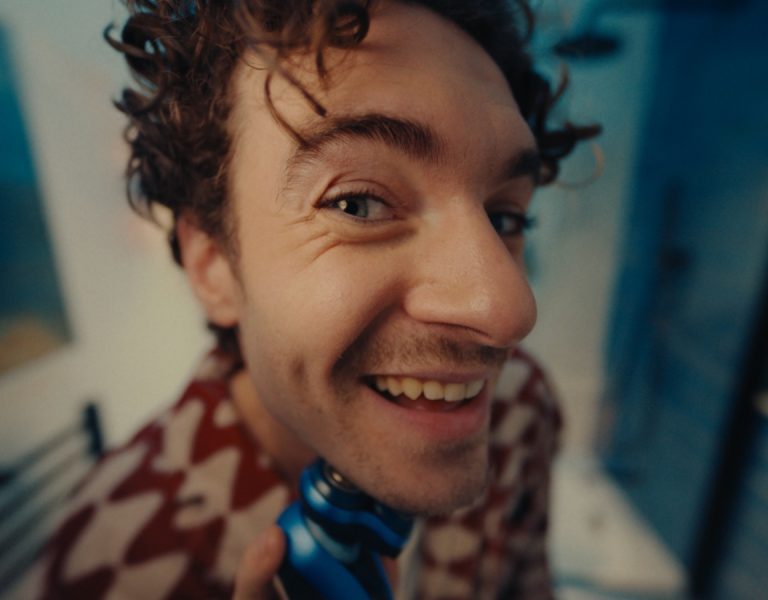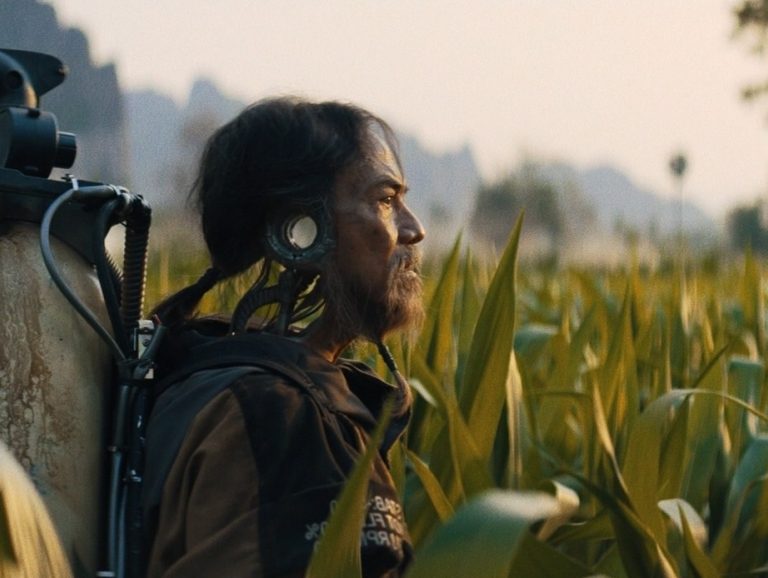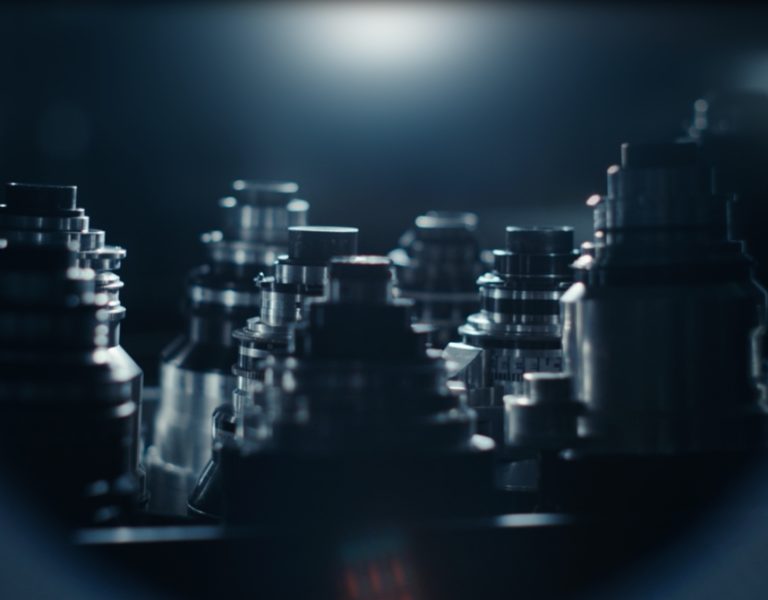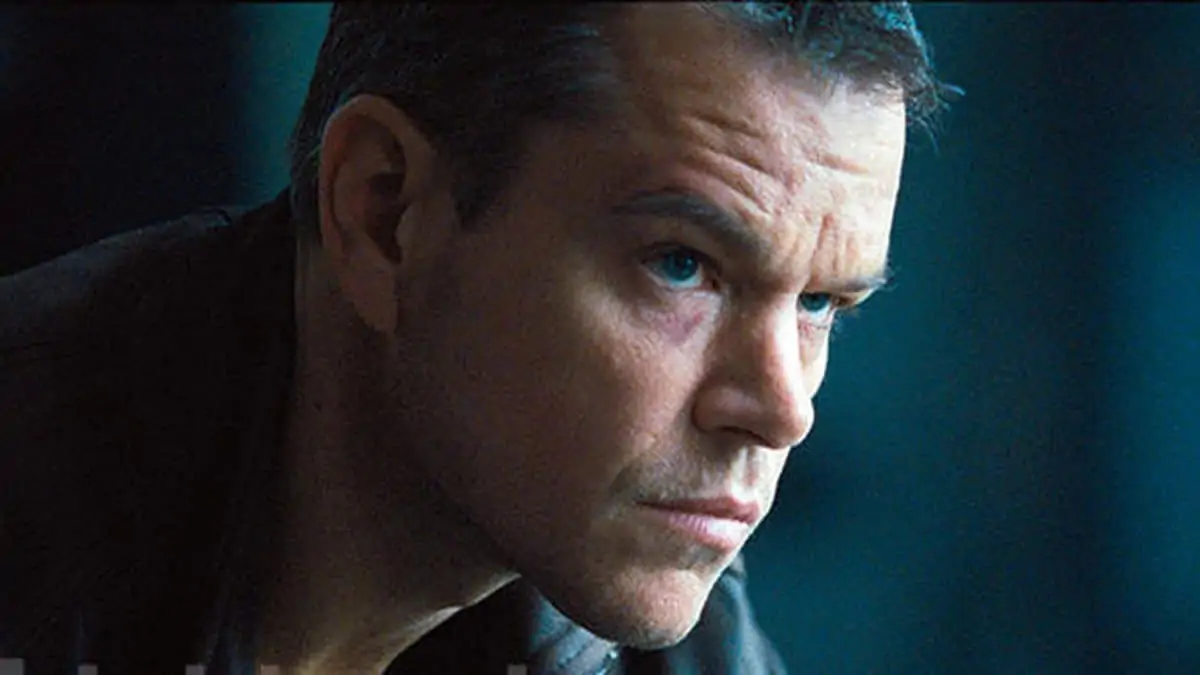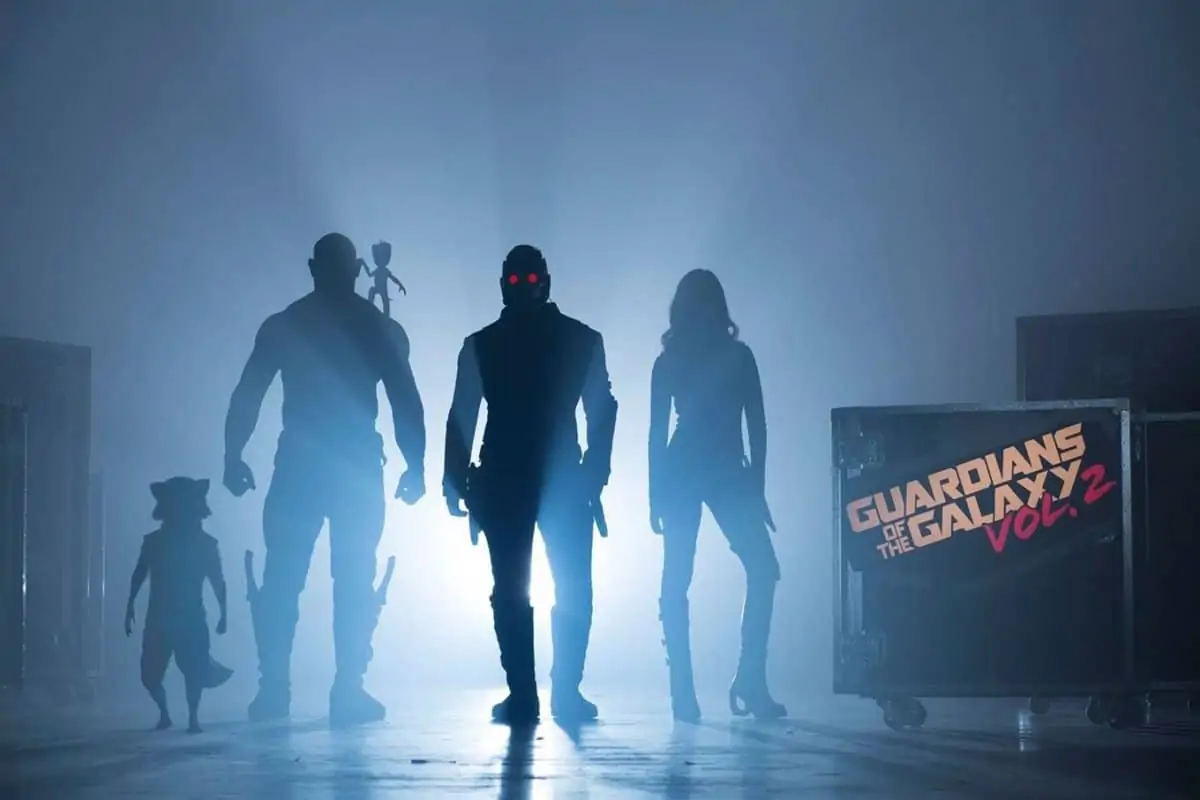Modern marvel
Henry Braham BSC / Guardians Of The Galaxy Vol.2
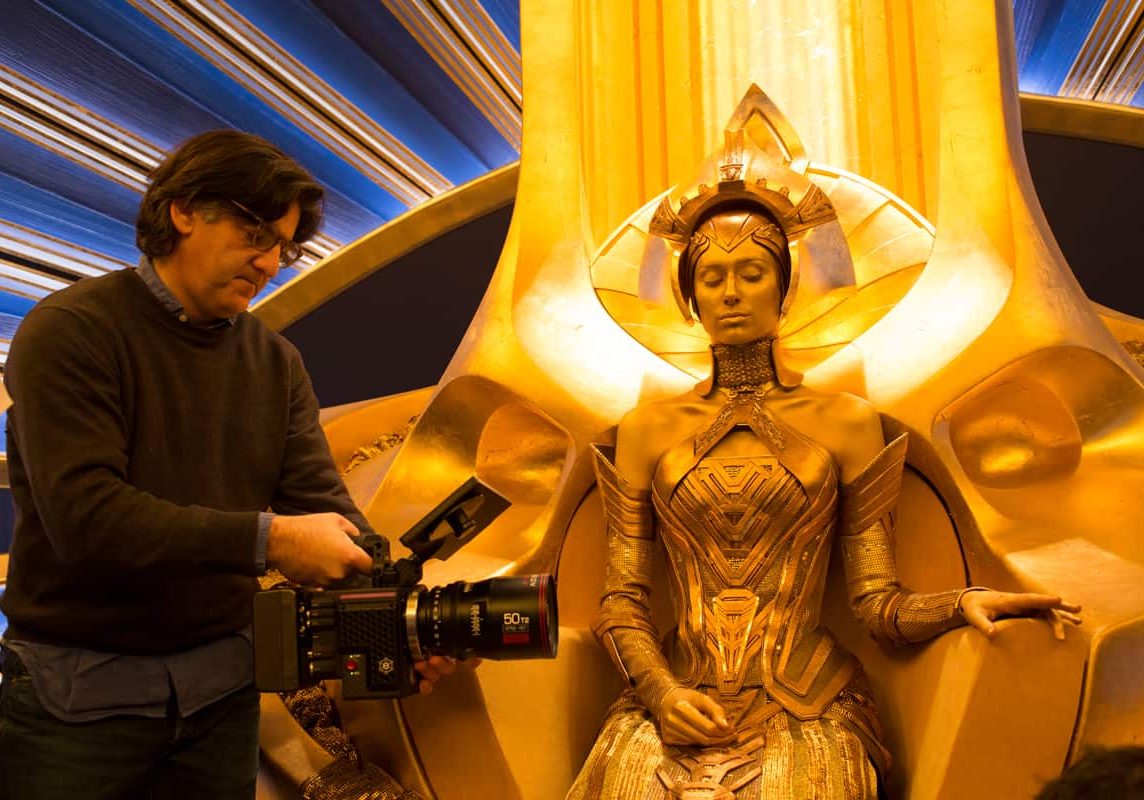
Modern marvel
Henry Braham BSC / Guardians Of The Galaxy Vol.2
BY: Ron Prince
Shot by dazzling shot, line by irreverent line, Guardians Of The Galaxy Vol. 2 is a witty, action-packed and spectacular follow-up to 2014's Guardians Of The Galaxy.
Becoming the fifteenth film in Marvel’s Cinematic Universe, and distributed by Walt Disney Studios Motion Pictures, the $180m production was written and directed by James Gunn. It features an ensemble cast including Chris Pratt, Zoe Saldana, Dave Bautista, Vin Diesel, Bradley Cooper, Michael Rooker, Karen Gillan, Sylvester Stallone and Kurt Russell. The new movie sees the superhero Guardians travel throughout the whacky cosmos, evading an alien race that originally employed them to guard precious batteries from an inter-dimensional monster, whilst learning more about Peter Quill’s true parentage.
Principal photography began in mid-February 2016 at Pinewood Atlanta Studios in Fayette County, Georgia, under the working title Level Up, with Henry Braham BSC serving as cinematographer and Scott Chambliss as production designer. Additional filming took place in Cartersville, Georgia, and at The Georgia International Convention Center, which provided additional soundstage space for the production. Principal photography wrapped mid-June 2016.
Notably, Guardians Of The Galaxy Vol. 2 was the first feature to be shot at 8K resolution, using the RED Weapon camera in VistaVision mode, but framed for a 2.35:1 release, with additional scenes also shot 1.90:1 aspect ratio for IMAX release. The movie was also dimensionalised for 3D distribution.
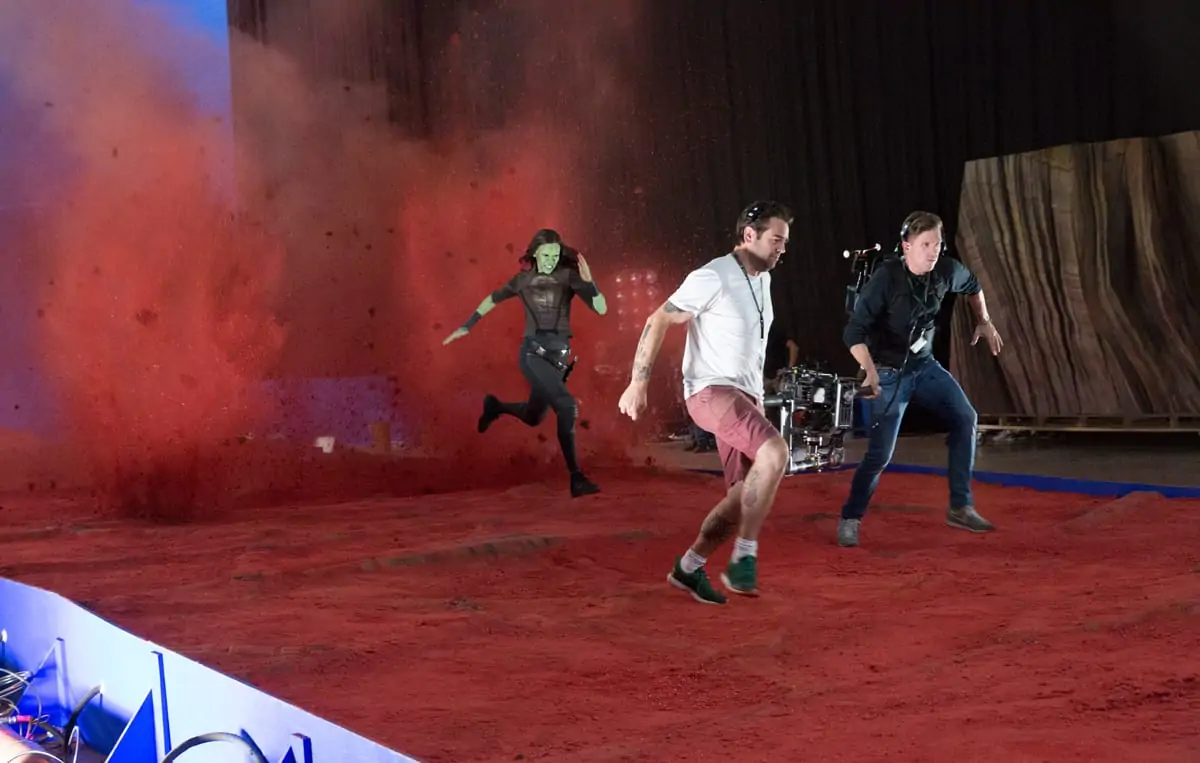
“Although I don’t watch a huge number of super-hero films, I loved the wit and imagination of the first movie,” says Braham. “It was also intensely human with big themes – about family, love, loss and finding yourself. This really hit a nerve, and was why it was so successful.
“The benefit of the first movie being a smash-hit-wonder, meant that the look and feel of the sequel could evolve further. The new script was beautifully formed by James who, as the writer/director, was deeply invested in the project personally. Essentially, the success of the first movie, plus James’ intimate connection with the franchise, gave me a fast-track to the visual style he wanted to adopt to tell this next saga in the series. With a hungry core audience in place, he wanted to be much bolder and braver with the imagery.”
From the outset, Braham was conscious of the need to fulfil particular aspects of his director’s wishes – namely to keep the visuals colourful, rich and expansive, whilst also keeping the camera alive to the opportunity of capturing the spontaneity and ad libs of the actors’ performances.
“On the one hand we were making a large-screen, fantasy spectacle, and a touching emotional drama on the other,” Braham remarks. “To a large extent these are not mutually compatible, opposites almost, and not readily achievable. Along with extensive conversations with James, I also had a lot of preliminary discussions with Scott Chambliss and VFX supervisor Chris Townsend about the evolving fantasy landscape for the movie, the nature and motive of the lighting, and the myriad VFX. Only 52 shots in the entire film are not VFX shots. During early prep, it rapidly became clear that great flexibility would be needed in terms of the cinematography.”

Whilst Braham tested and evaluated high-resolution cameras for the production, including the ARRI Alexa 65, he revisited the option of using camera technology developed by RED Digital Cinema, which had previously supplied the cinematographer with 6K RED Dragon cameras for The Legend Of Tarzan in 2014.
“The Alexa 65 delivers a stunning image, no two ways about it,” Braham says, “but the camera is big and heavy. Fundamentally, I wanted the same style of image, but from a camera with a smaller body size. I knew physicality would be very important to capturing the spontaneity, and I wanted an image with depth and richness.
“As I had enjoyed a great experience with RED on Tarzan, I went back to Jarred Land and his team to see what they could offer. He showed me a new black box, a prototype of what would become the RED Weapon 8K VistaVision camera. As with the 6K RED Dragon, the new camera body was still very small, not much larger than a Hasselblad, but this had more powerful 8K image capture. I could immediately see the possibility of using it in all manner of different situations on-set. Once again, Jared and the RED team proved very helpful and responsive in making physical changes to the camera body to enable what I wanted to do, along with making various updates to the software, colour science and workflow functions.”
After testing the then small selection of glass that would suit the camera’s 8K sensor, and considering the production’s different aspect ratio deliverables, Braham settled on Panavision 70 series lenses, which he had tuned to his visual predilection by Dan Sasaki and the optical engineering team at Panavision.
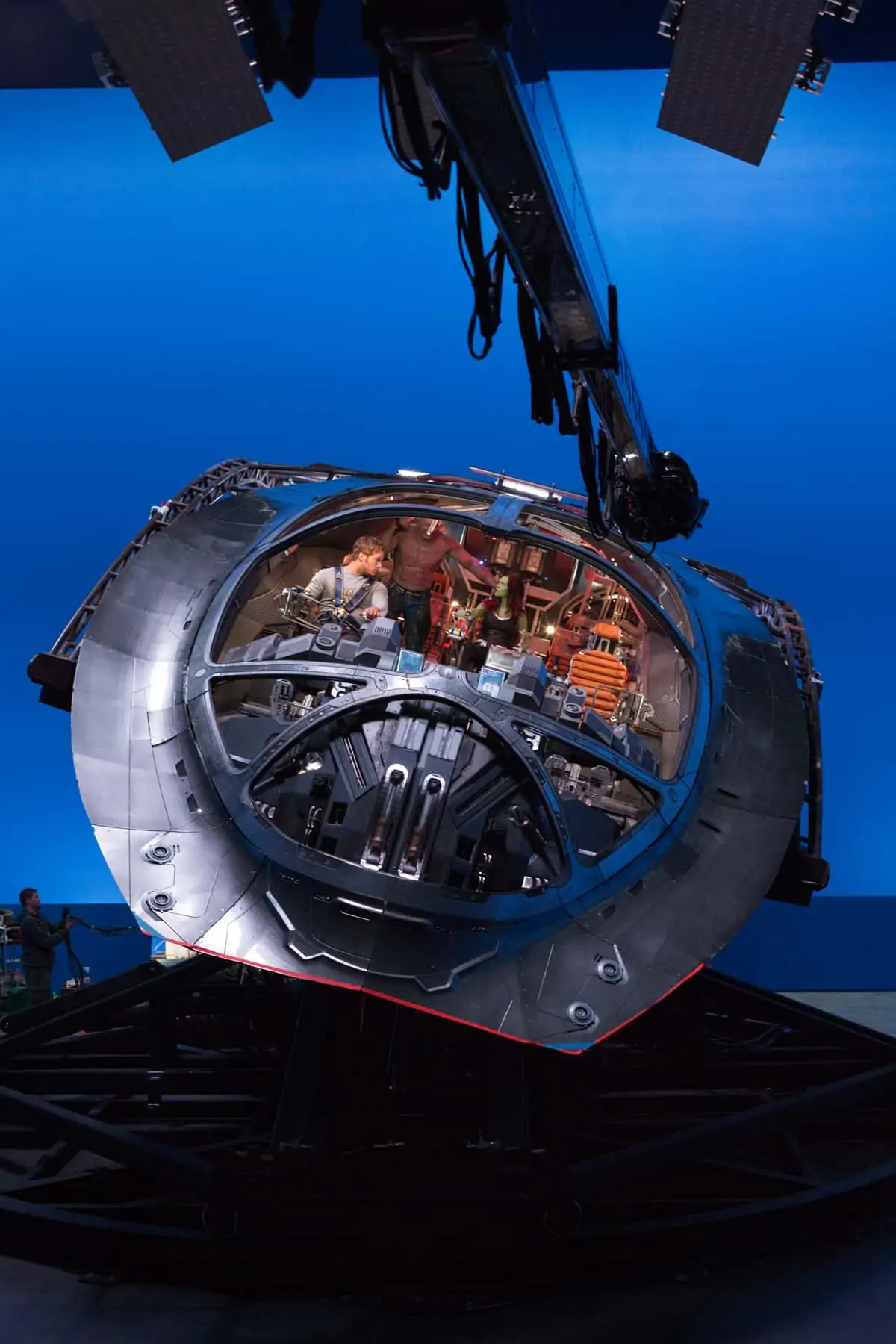
"The fun part of making any movie is starting with a clean sheet, and collaborating with different departments and different manufacturers to develop the aesthetic and bring the imagery to life. With all of the new technology around, it’s a very exciting time to be making films."
- Henry Braham BSC
Braham also harnessed the talents of Matt Watson, colourist at Santa Monica-based production services company Shed to implement an ACES workflow, that would ensure colour fidelity from camera to post, and also to set-up a dailies screening room on the Pinewood Atlanta lot. Shed also managed the production workflow to support the speedy transition of 8K data from the camera into post production. The size of the full 8K frame is 8192 x 4320 pixels and, with a Phantom Flex 4K camera used to shoot slo-mo sequences at 1,000fps, the production generated over 100 TB of data in the first 30 days of what would eventually be a 90-day production.
“I shoot digital movies the same as I would with film – using Ansel Adams’ zone system and a light meter to determine the exposure, with no on-set monitoring. Then I like the footage be fed to a digital lab, where a separate team is responsible for the data management, dailies grading and technical liaison. This set-up on Guardians Of The Galaxy Vol.2 meant everyday the production team could watch projected dailies in a proper viewing environment, in a consistent colour space, with the luxury of being able to scrutinise all the nuances of focus and lighting on a big screen rather than an iPad.”
Braham adds: “This workflow was also important for the many VFX vendors worldwide who were working on the movie. It meant we could set the look of shots in the dailies, and each vendor would know the precise perimeters to work in as far as colour was concerned. So by time we came to do the DI, with the influx of VFX shots, we knew there would be no nasty surprises.”
Having ticked a number of boxes regarding image quality, Braham rapidly turned his attentions to the physicality of the camera, its relationship with the action and the need to capture the spontaneity of the actors.
“Dollies and Technocranes are great tools for moving the camera dynamically, but they can take a lot of setting-up. As they are heavy it takes a lot of momentum to get them moving too. The laws of physics get in the way. We needed a fluid, freestyle camera that could nimbly respond as the actors riffed on the script. Furthermore, James is very serious about the quality of the VFX and the 3D stereo releases of his movies, and takes a lot of time to get that right. Any unsteady framing does not assist either process. We also needed to deliver perfectly stable pictures whatever the camera movement.”
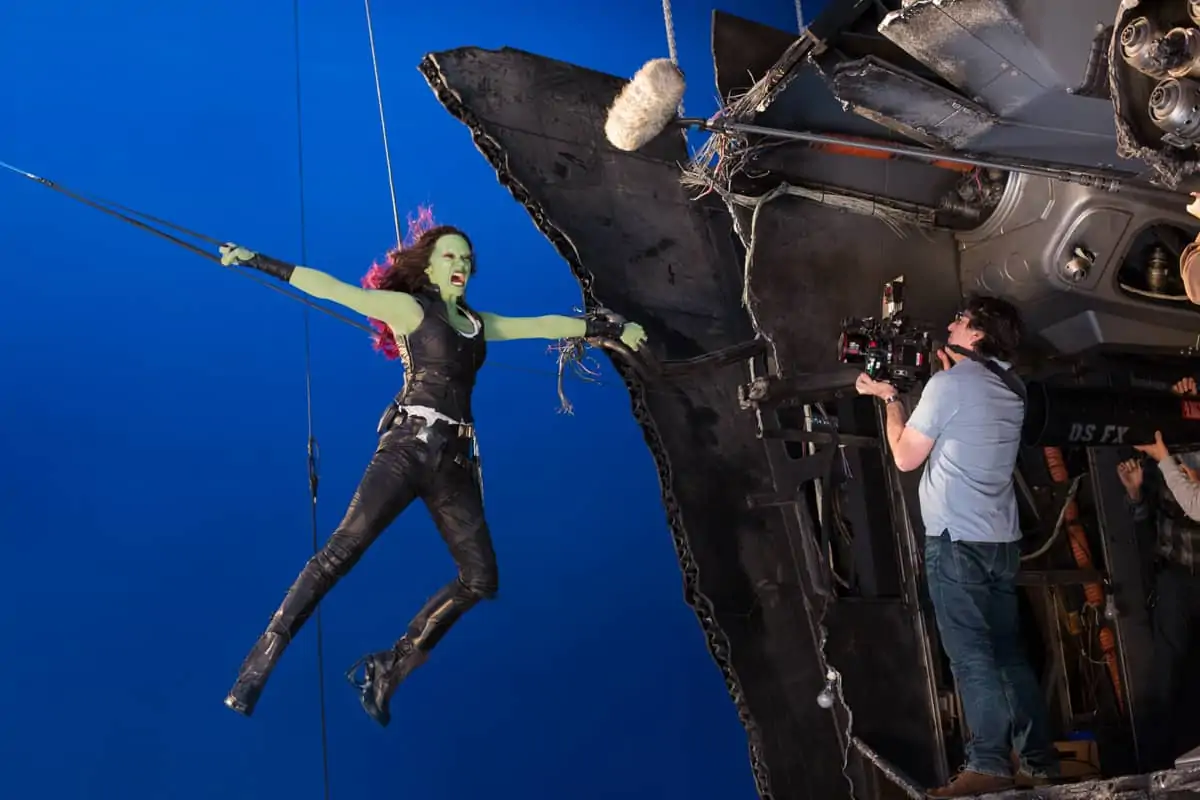
Consequently, Braham turned to Dave Freeth and the team at Stabileye, in the UK, to find a solution. The company’s eponymous product is a miniature, gyro-stabilised head that weighs just 2.5Kgs. Remotely operated like a Libra head, the Stabileye can be used handheld, on an easy-rig or be slung on a wide range of fast, point-to-point wirecam systems.
“I showed James the Stabileye and he instantly got it and its importance to the process of making this movie,” Braham recalls. “We knew early-on that 99% of the movie would be set on stages, and had worked out the dimensions of the sets. As we buried ourselves in the previz, with The Third Floor, we designed shots with the Stabileye in mind, with all manner of stops, starts, speeds and heights. During production, it proved quite-simply brilliant: fast to deploy and offering a wonderful way of keeping the camera active with the actors. It became integral to the process of making the movie, and we ended up shooting 80% of the production using just one RED camera on the Stabileye. I learned later that the VFX and 3D teams were ecstatic about the rock-steady images we captured with it.”
But Braham does note: “Obviously, working this way is tough on the crew, and you need a great team to use the Stabileye correctly. All credit to my key grips Paul Hymns and Alan Rawlins, the Stabileye technicians, first AC Zoran Veselic and second AC Craig Bauer, who really embraced a different way of working.”
Discussing his approach to lighting Guardians of the Galaxy Vol. 2, Braham notes, “As the production was so stage and VFX-heavy, it was helpful to be in early on this. Lighting rigs are expensive, and when you are going to be using a huge amount of lights, you must use this resource intelligently.
“The idea was to produce a rich and very colourful contemporary movie. As the action inhabits fantastical worlds, I also wanted the audience to really believe in the source of the light. I worked for months ahead of production with Scott, and my local gaffer, Dan Cornwall, on the appropriate recipe for the ambient on-set and practical lighting, which we generally achieved with a variety of Kino Flos and LED tubes diffused using cloths, plus miles of strategically-placed LED ribbon. I also liaised closely with Chris Townsend, the VFX supervisor, on the lighting for the myriad of VFX shots involving planets and environments at different times of day, and various explosive sequences.”
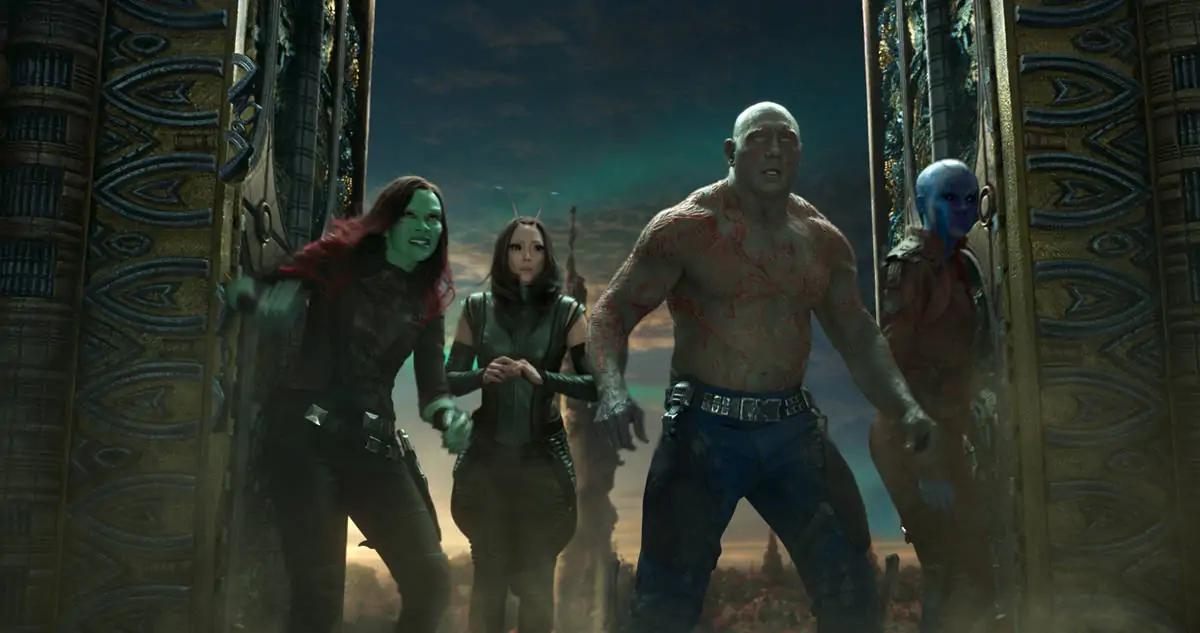
To light the inside of Ego’s (Kurt Russell) amorphous spaceship, where the camera needed to move in 360-degrees, Braham came up with the novel solution of wrapping the set entirely with arrays of 40 x 40ft and 100 x 100ft video screens, typically used at outdoor sporting and musical events. During the shoot, video media displayed on the video screens was used to both illuminate the sets and create believable sources of moving light as the ship is propelled into new situations around the universe.
“We kept Dan, our gaffer, very busy, but he proved both resourceful and indefatigable,” says Braham. “On a film of this scale, with such a huge amount of kit needed, and the complexity of rigging huge sets, it was a blessing and a massive credit to the crew that I was kept pretty-much free from any trials and tribulations that might have gone on.”
Having ensured that the colour workflow would deliver his artistic intent from the set into post production, Braham says the DI – which he worked on remotely from Technicolor London with colourist Steve Scott located in a Marvel grading suite on the Disney lot in LA – was straightforward.
“The look of the movie was already set, and most of my work involved the usual things – perfecting skin tones and the interplay of highlight and shadow, finessing the colour arc across the movie, as well as subtle balancing to direct audiences’ eyes. However, Steve had a much more intricate job than me in bringing together the final VFX shots and delivering the 2D, 3D and IMAX versions.”
Braham concludes: “There are some exceptionally-talented people out there who will engage with you on a challenge like this. The fun part of making any movie is starting with a clean sheet, and collaborating with different departments and different manufacturers to develop the aesthetic and bring the imagery to life. With all of the new technology around, it’s a very exciting time to be making films. That said, the first couple of weeks are always terrifying, as you are always questioning whether you have found the right style and the right voice for the production.”
Braham needn’t worry. As this story went to print the portents for another smash-hit-winder looked most favourable. Indeed, with Guardians Of The Galaxy Vol.2 looking like a sure-fire winner, Gunn has announced he will more than likely return to write and direct Guardians Of The Galaxy Vol. 3.

